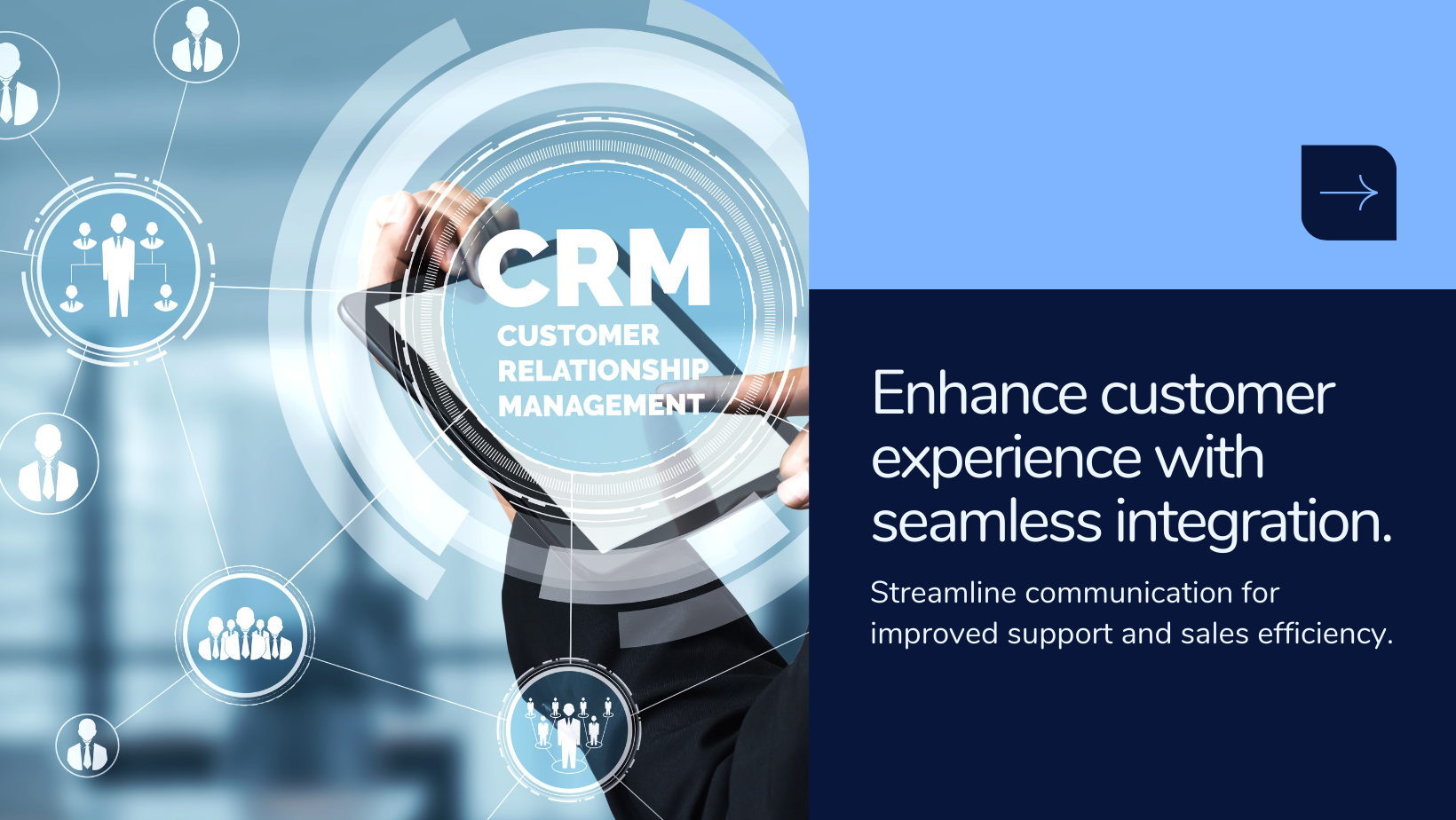Revolutionizing D2C Marketing in India: The Power of Location-Based Data for Effective Distribution Strategies

In recent years, the rise of Direct-to-Consumer (D2C) brands has revolutionized the retail industry. By bypassing traditional distribution channels and selling products directly to consumers, these brands have been able to offer high-quality products at lower prices, while also providing a more personalized shopping experience.
However, to be successful in the competitive D2C space, it is essential for brands to understand their customer's behavior and preferences. One way to do this is by using location-based data.
Location-based data refers to the information that is generated by mobile devices and other location-aware technologies. This data can include a wide range of information, such as a user's location, the time of day, the weather conditions, and the user's past behavior.
By analyzing this data, D2C brands can gain valuable insights into their customers' behavior, preferences, and needs. Here are some of the benefits of using location-based data to understand customer behavior and optimize product distribution and marketing for D2C brands in India.

One of the most significant benefits of using location-based data is that it enables D2C brands to personalize their marketing efforts. By analyzing a customer's location data, brands can send targeted messages and offers that are tailored to their specific interests and needs.
For example, a brand that sells skincare products can use location data to send promotions for sunscreen during the summer months or moisturizers during the winter months. This kind of personalized marketing can increase customer engagement and loyalty, as well as drive sales.
2. Optimize product distribution
Another benefit of using location-based data is that it can help D2C brands optimize their product distribution. By analyzing location data, brands can identify areas where their products are in high demand and adjust their distribution strategy accordingly.

For example, a brand that sells fitness equipment can use location data to identify areas where people are more likely to exercise outdoors and distribute their products in those areas. This can increase sales and reduce shipping costs by reducing the need to ship products to areas where there is little demand.
3. Improve customer experience
Finally, using location-based data can help D2C brands improve the customer experience. By analyzing a customer's location data, brands can offer personalized recommendations based on their location and past behavior.
For example, a brand that sells food products can use location data to recommend nearby restaurants or grocery stores that carry their products. This can help customers find what they are looking for more quickly and easily, improving their overall experience with the brand.
In conclusion, location-based data is a powerful tool for D2C brands in India looking to understand their customers' behavior and optimize their product distribution and marketing efforts. By leveraging this data, brands can personalize their marketing, optimize their distribution strategy, and improve the customer experience, ultimately driving sales and increasing customer loyalty. As such, D2C brands should prioritize the collection and analysis of location-based data to stay competitive in the ever-evolving retail landscape.
FAQs
- What is D2C marketing, and how does it differ from traditional marketing approaches?
D2C marketing stands for Direct-to-Consumer marketing. It involves companies selling their products or services directly to consumers, bypassing traditional intermediaries like retailers. D2C marketing differs from traditional approaches as it allows businesses to have direct control over the entire customer journey, from product development to distribution and customer experience.
2. How does location-based data play a role in revolutionizing D2C marketing in India?
Location-based data provides valuable insights into consumer behavior and preferences based on their geographic location. By leveraging this data, D2C businesses in India can identify target markets, personalize marketing campaigns, optimize distribution strategies, and deliver more relevant and targeted messaging to consumers in specific locations.
3. What are some examples of location-based data sources that businesses can leverage for distribution strategies?
Businesses can utilize various location-based data sources, such as GPS data, mobile app data, geolocation tracking, and social media check-ins. Additionally, they can partner with third-party data providers that offer demographic and behavioral data tied to specific locations.
4. How can location-based data help businesses identify target markets and reach potential customers more effectively?
Location-based data enables businesses to understand the demographics, preferences, and behaviors of consumers in specific geographical areas. This information helps in identifying target markets, tailoring marketing messages to local preferences, and optimizing distribution strategies to reach potential customers more effectively in those locations.
5. Are there any privacy concerns associated with using location-based data in D2C marketing strategies?
Yes, privacy concerns are important when using location-based data. Businesses must ensure compliance with data protection laws, obtain consent from users, and implement robust security measures to protect sensitive user information. Transparency and ethical handling of data are essential to address privacy concerns.
6. What are the key benefits of incorporating location-based data into distribution strategies for D2C businesses?
Incorporating location-based data into distribution strategies offers several benefits. It allows businesses to target specific geographic areas with precision, optimize inventory management based on demand patterns, enhance customer segmentation, personalize marketing efforts, and improve overall efficiency in reaching and engaging customers.
7. How can D2C businesses optimize their distribution channels using location-based data insights?
D2C businesses can optimize distribution channels by analyzing location-based data to identify areas with high demand, aligning inventory levels accordingly, determining optimal locations for warehouses or fulfilment centres, and strategically positioning physical stores or pop-up shops in areas with a high concentration of potential customers.
8. Are there any challenges or limitations to consider when using location-based data for D2C marketing in India?
Some challenges and limitations of using location-based data in D2C marketing include data accuracy and reliability, potential bias in data collection, legal and regulatory compliance, technological infrastructure requirements, and the need for skilled data analytics professionals to interpret and utilize the data effectively.
9. Can you provide some real-life success stories of businesses in India that have utilized location-based data for their distribution strategies?
Unfortunately, as an AI language model, I don't have access to real-time data or specific case studies. However, several businesses in India have successfully used location-based data to optimize their distribution strategies. Companies in sectors such as e-commerce, food delivery, and retail have leveraged location-based data to expand their reach, target specific regions effectively, and provide more personalized customer experiences.
10. What are some best practices and tips for D2C businesses looking to leverage location-based data effectively in their marketing efforts?
- Ensure compliance with data protection and privacy regulations.
- Collect data ethically and transparently with user consent.
- Invest in reliable data sources and technologies for accurate location insights.
- Analyze and interpret location-based data to gain actionable insights.
- Personalize marketing messages and distribution strategies




